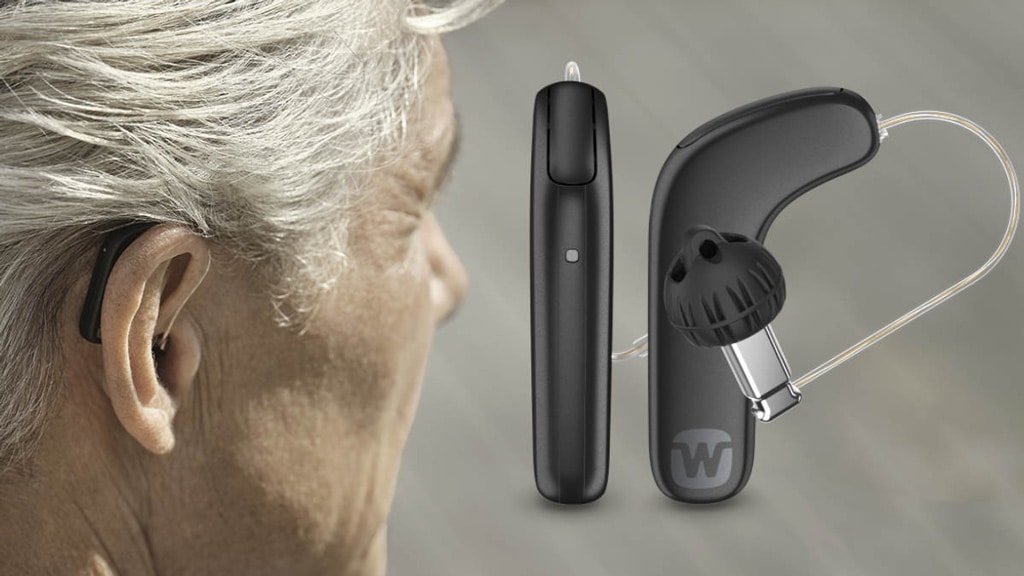
How Can I Help My Child with Hearing Loss?
Hearing loss in children is a condition where a child has a reduced ability to perceive sounds compared to a person with normal hearing. This can range from mild, where they may have difficulty hearing soft sounds, to profound, where they may not hear loud sounds at all.
In the Philippines, this condition is a significant public health concern. A national survey on hearing revealed that approximately 7.5% of Filipino children below the age of 18 experience moderate or worse hearing loss—a rate considered high compared to many other nations. The study also highlighted that middle ear conditions, which affect over 14% of the population, are a major contributing risk factor.
As parents, gaining a clear understanding of your child’s specific hearing needs will help you know what to do to build the foundation for a personalized support plan. This strategy will use management options and a strong support network to help your child learn and thrive.
Causes of Hearing Loss in Children
Hearing loss in a child can be congenital or acquired. The causes are diverse, and identifying potential risk factors can be instrumental in early detection. Approximately half of congenital hearing loss cases are linked to genetic factors, even without a known family history of the condition.
Beyond genetics, several other factors can contribute to hearing impairment in children:
- Perinatal Factors: Complications during birth can play a significant role. Children born prematurely or those who require a stay in the Neonatal Intensive Care Unit (NICU) have a higher incidence of hearing issues. Severe jaundice in a newborn has also been identified as a potential cause.
- Infections: Certain infections contracted by the mother during pregnancy, such as cytomegalovirus (CMV), or CMV tests in the Philippines are expensive.Some illnesses experienced by the child after birth, like meningitis, can lead to damage within the auditory system.
- Middle Ear Issues: Chronic or frequent middle ear infections (otitis media) are a prevalent cause of temporary or, in some cases, permanent conductive hearing loss. A perforated eardrum, whether from infection or injury, can also impair hearing.
- Noise Exposure: In today’s world, noise-induced hearing loss is a growing concern even for children. Prolonged exposure to loud sounds from toys, personal listening devices, or environmental noise can cause irreversible damage to the delicate hair cells in the inner ear.
- Ototoxic Medications: Some essential, life-saving medications, including certain antibiotics and chemotherapy drugs, carry the risk of damaging the auditory system as a side effect.
Signs and Symptoms of Hearing Loss
If a child has symptoms of hearing loss, they can be subtle and easily missed, especially in infants. Recognizing developmental milestones is key to early identification.
In Infants (Birth to 1 Year)
A key indicator of hearing loss in children during infancy is a lack of response to auditory stimuli.
- Does not startle or react to sudden, loud noises.
- Fails to turn their head toward a sound by 6 months of age.
- Does not engage in vocal play, babbling, or imitating sounds by 6-8 months.
- Does not respond to their name or simple words like “no” by 12 months.
In Older Children
As children grow, the signs often relate to their speech development and social interactions.
- Delayed or Unclear Speech: Their speech may be difficult to understand compared to their peers.
- Communication Difficulties: They may frequently ask for things to be repeated, seem to ignore conversations, or give inappropriate answers to questions.
- Learning and Behavioral Issues: A child with hearing loss may show signs of frustration in school, particularly in noisy classroom settings, or appear to be inattentive.
- Volume Needs: Consistently turning up the volume on the television or personal devices to levels that are loud for others.
Take Immediate Action if You Suspect Hearing Loss
Observing any hearing signs and symptoms of hearing loss warrants immediate and deliberate action. When it comes to a child’s development, the “wait and see” approach can lead to significant delays in language and learning. And, of course, knowing what to do if your child has hearing loss begins with seeking a professional evaluation.
- Consult Your Pediatrician: Start by discussing your concerns with your child’s doctor. They can rule out other issues and provide a referral to a specialist.
- See a Hearing Professional: Ask for a referral to an ENT (Ear, Nose, Throat) specialist and a pediatric audiologist.
- Get a Formal Evaluation: An audiologist will conduct a comprehensive hearing test service appropriate for your child’s age. This is the only way to diagnose the type and degree of hearing loss definitively.
Understanding Management Options

Following a hearing assessment, your audiologist will discuss a range of interventions. Modern technology offers management options, such as hearing aids, that allow children to access the sound they’ve been missing. As the exclusive hearing aid distributor in the Philippines for Widex models, we specialize in providing this type of technology.
- Hearing Aids: For the majority of children with hearing loss, hearing aids are the primary means to address their condition. Widex hearing aids are devices designed to deliver the most natural sound possible. They can be programmed to match a child’s specific hearing needs, helping to improve speech perception and support language development.
- Cochlear Implants: For children with severe to profound sensorineural hearing loss, a cochlear implant may be recommended. This hearing device bypasses the damaged inner ear and directly stimulates the auditory nerve.
- Speech Therapy: Often used in conjunction with hearing devices, speech therapy is crucial for helping a child develop clear language and communication skills.
Create a Good Listening Environment at Home for Your Child’s Comfort
Creating a better listening environment at home can support your child’s ability to hear clearly. This helps your child hear more clearly and reduces the frustration of trying to communicate over background noise.
- Minimize Background Noise: Before speaking to your child, turn off or lower the volume on TVs, radios, or other noisy appliances.
- Position Yourself for Success: Get your child’s attention before you speak. Position yourself close to them and on their level, facing them so they can see your facial expressions and lip movements.
- Improve Room Acoustics: Hard surfaces reflect sound, creating echoes that make listening difficult. Use sound-absorbing materials like carpets, thick curtains, and upholstered furniture to soften the room’s acoustics. Close doors and windows to block out external noise.
For School-Age Children with Hearing Loss, Engage With Their School Support System
For school-age children, a collaborative partnership with their school is essential for academic and social success.
- Inform Key Personnel: Make sure your child’s teachers, coaches, and other relevant staff are aware of the hearing loss and understand its implications in a classroom setting.
- Provide Information: If your child uses a hearing device, offer a quick tutorial on how it works, how to do a listening check, or how to troubleshoot minor issues, such as volume adjustment, battery checks, and Bluetooth connectivity settings.
- Collaborate on Accommodations: Work with the school to implement strategies like preferential seating (placing your child near the teacher and away from noise sources like windows or fans) or the use of classroom amplification systems if needed.
- Empower Your Child: As they get older, involve your child in these conversations. Teaching them to advocate for their own needs is a powerful skill that will serve them throughout their life.
Be Proactive and Stay Informed
Managing hearing loss in a child is an ongoing process. Consistent engagement in your child’s care is crucial, which means making it a priority to attend all medical and audiology consultations. Working with speech therapists and other allied professionals is encouraged. Keep up to date with their educational progress and work with the school to adjust accommodations as needed. Technology and strategies are constantly evolving, and staying informed allows you to provide the best possible support.
Working as a Team
Ultimately, helping your child thrive with hearing loss is a team effort. Consistent communication between you, your child’s teachers, and your hearing healthcare providers creates a robust support network.
Through consistent monitoring of your child’s progress in school, communication, and social skills, the support team can make timely adjustments to their approach. This teamwork is designed to provide your child with holistic support, helping them thrive both academically and socially.










